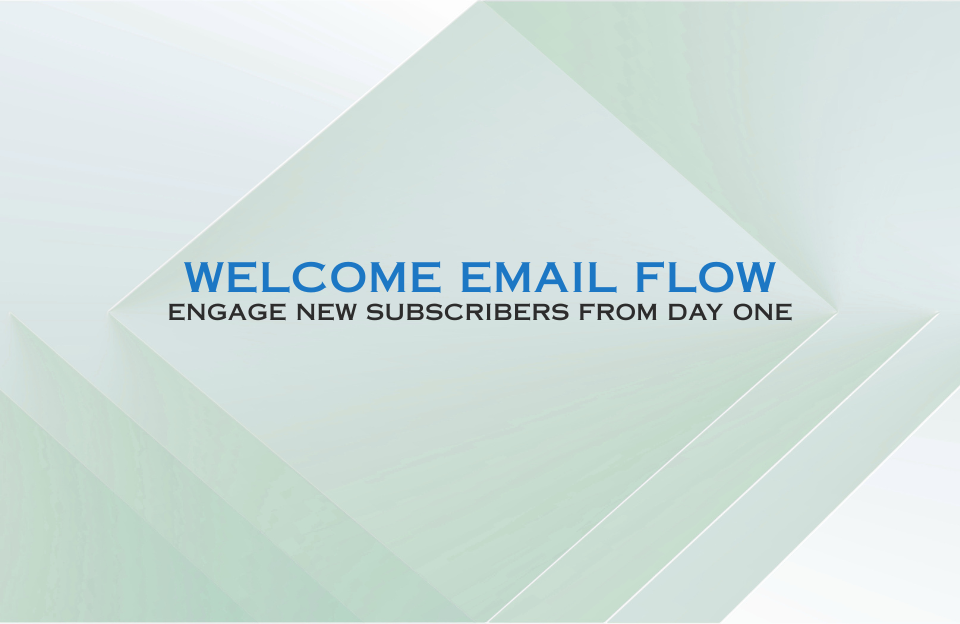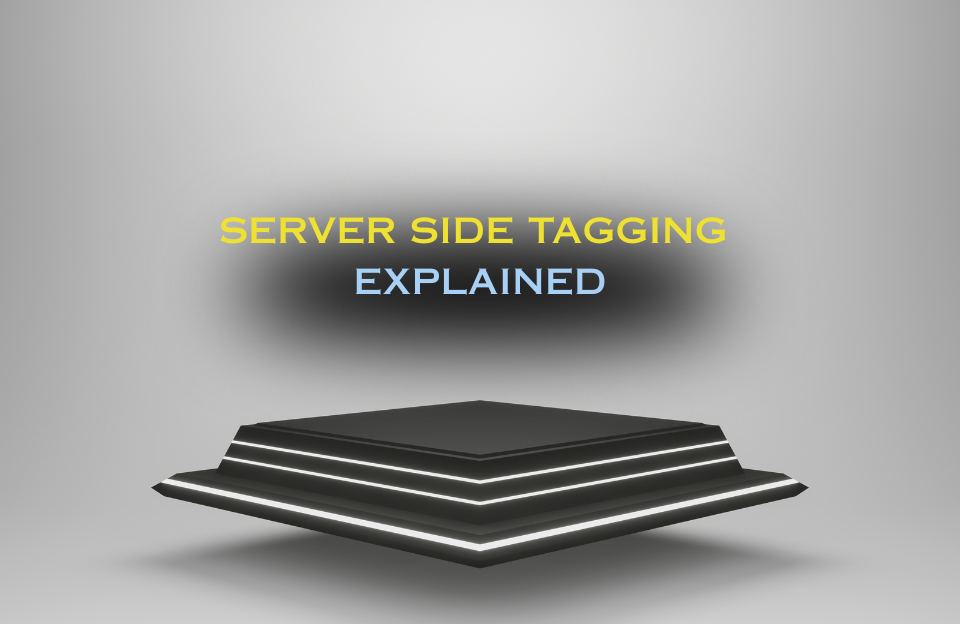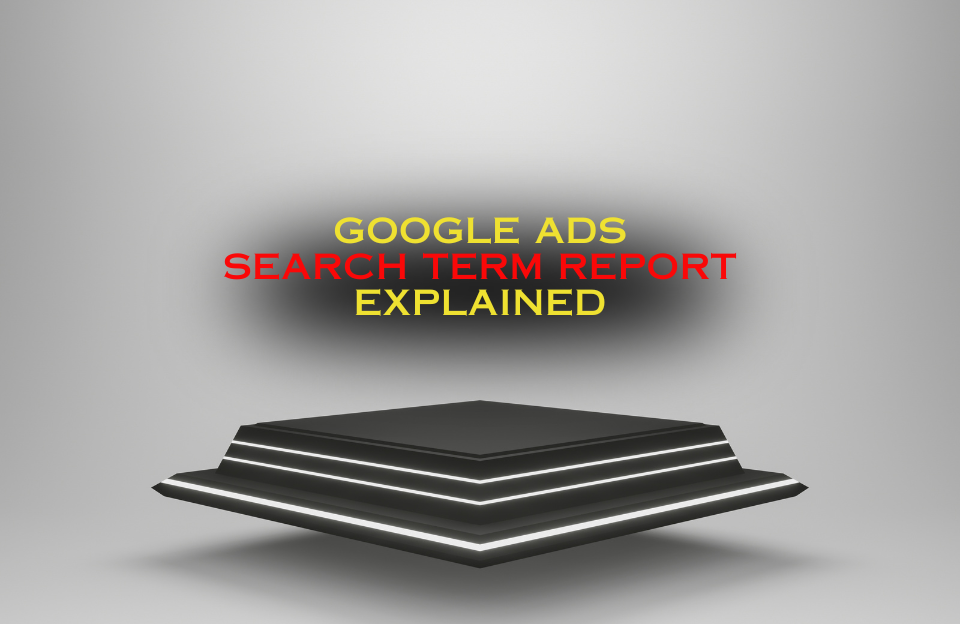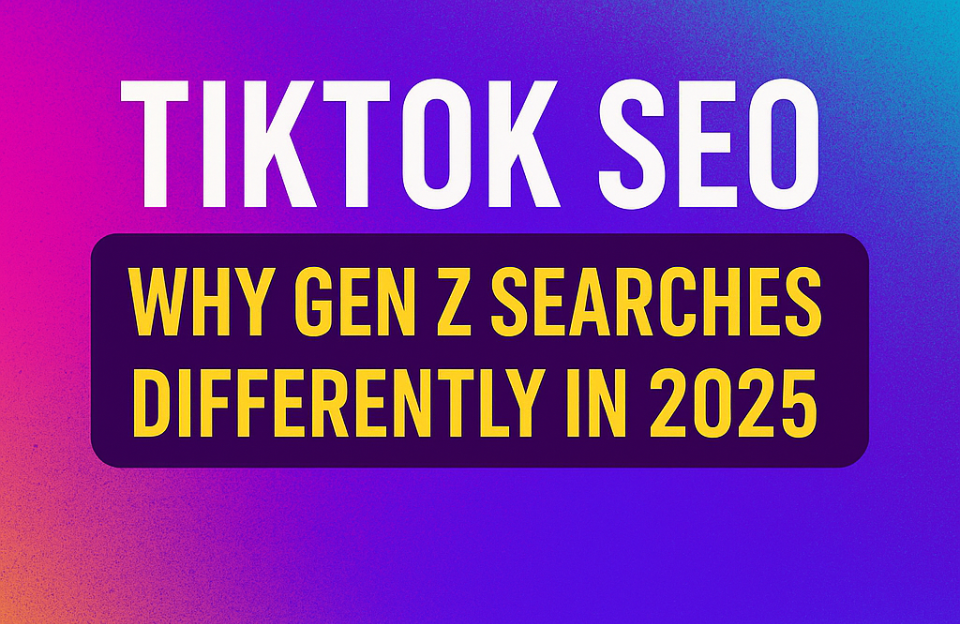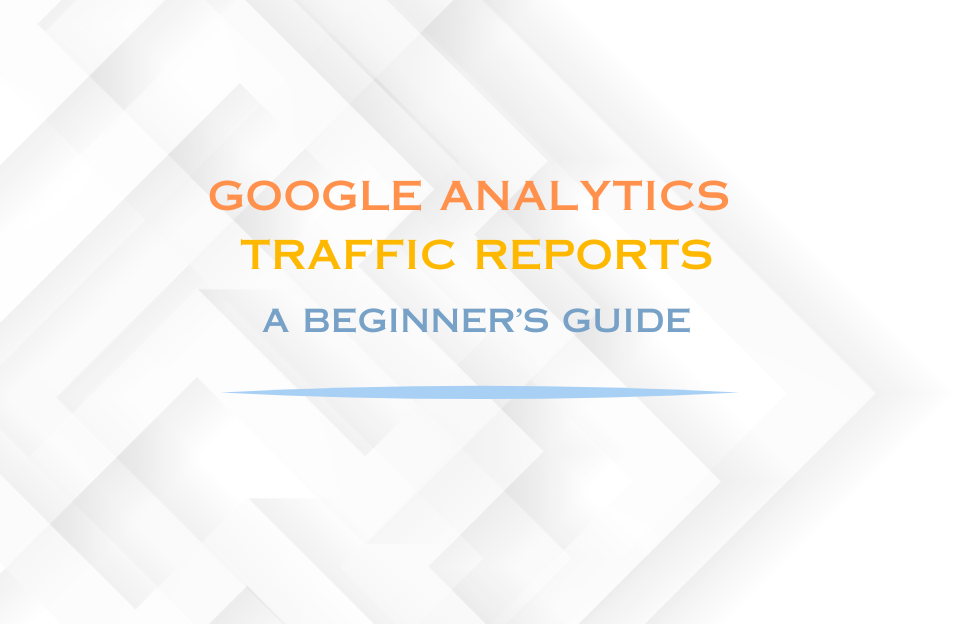In email marketing, first impressions matter. A welcome email flow is your opportunity to create immediate value and build a lasting relationship with new subscribers. It’s more than just a polite hello, it’s a guided experience that nurtures curiosity, establishes trust, and sets the tone for your brand communication.
What Is a Welcome Email Flow?
A welcome email flow is an automated series of emails triggered when a user joins your mailing list. Unlike a single confirmation email, it gradually introduces your brand, mission, and value in a sequence, typically spread over a few days. It’s a strategic funnel that converts passive subscribers into engaged readers, and eventually, loyal customers.
Why Welcome Flows Are Crucial
- High engagement: Welcome emails have an average open rate of over 60%, far higher than standard campaigns.
- Builds brand familiarity: Repetition and storytelling help subscribers remember and trust you.
- Improves conversions: Early CTAs like reading a blog or exploring a product often result in higher click-through rates.
- Personalized at scale: With automation, each new subscriber receives a timely, relevant experience—without manual effort.
The Psychology Behind Welcome Emails
Humans are wired to seek clarity, consistency, and connection. A well-crafted welcome flow leverages these principles:
- Primacy effect: People tend to remember the first thing they see—make that first email count.
- Trust through transparency: Share your story, your purpose, and what subscribers can expect going forward.
- Reciprocity: Offering value first—like a free resource, discount, or useful guide—increases the likelihood of future engagement.
Example Welcome Email Sequence (3–5 Days)
- Day 1 – Introduction: Welcome the subscriber and thank them for joining. Share your unique value proposition and include a CTA like “Browse Our Blog” or “Start Exploring.”
- Day 3 – Storytelling & Values: Share your origin story or what your brand stands for. Add a human touch—introduce the team or share behind-the-scenes content.
- Day 5 – Social Proof & Content: Highlight testimonials, case studies, or your most read blog posts. Help new subscribers feel part of a trusted community.
- Optional Day 7 – Offer: Send a time-limited discount, free download, or bonus content to drive conversion.
Successful Welcome Flow Examples
- Canva: Sends a helpful onboarding series with design tips, tutorials, and feature spotlights to help users get started quickly.
- Duolingo: Combines gamification and gentle reminders in their welcome emails to encourage habit building from day one.
- Glossier: Uses a personal tone and storytelling to create an emotional bond in their welcome flow, without pushing for a hard sale.
Tips for Crafting High-Performing Welcome Emails
- Write clear, benefit-driven subject lines. Example: “Let’s make something beautiful together ✨”
- Keep emails concise and visually clean. Avoid overloading with information or too many links.
- Use one CTA per email. Make it easy for the reader to know what to do next.
- Mobile-first design. Most subscribers will open on a phone—ensure readability and quick loading.
- Include your unsubscribe link. Transparency builds trust—even early on.
Common Mistakes to Avoid
- ❌ Sending only one generic welcome email
- ❌ Not setting expectations for email frequency
- ❌ Using too much promotional language too soon
- ❌ Ignoring personalization and segmentation opportunities
Conclusion
Your welcome email flow is your digital handshake—a way to say, “You matter to us.” By automating this journey with empathy, clarity, and value, you lay the foundation for long-term engagement and conversion.
Ready to take your email automation even further? Read about:
